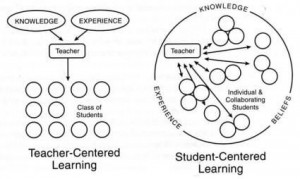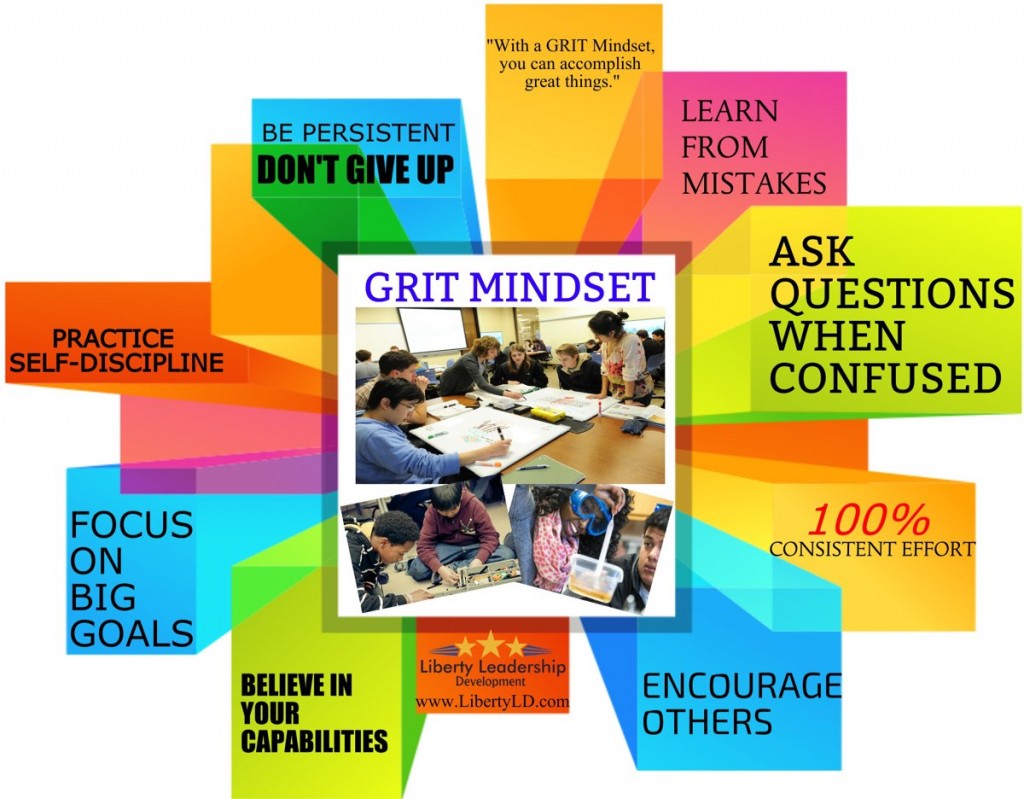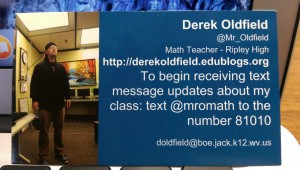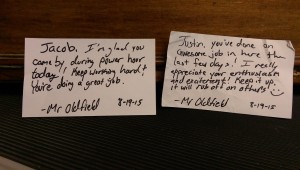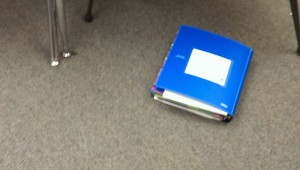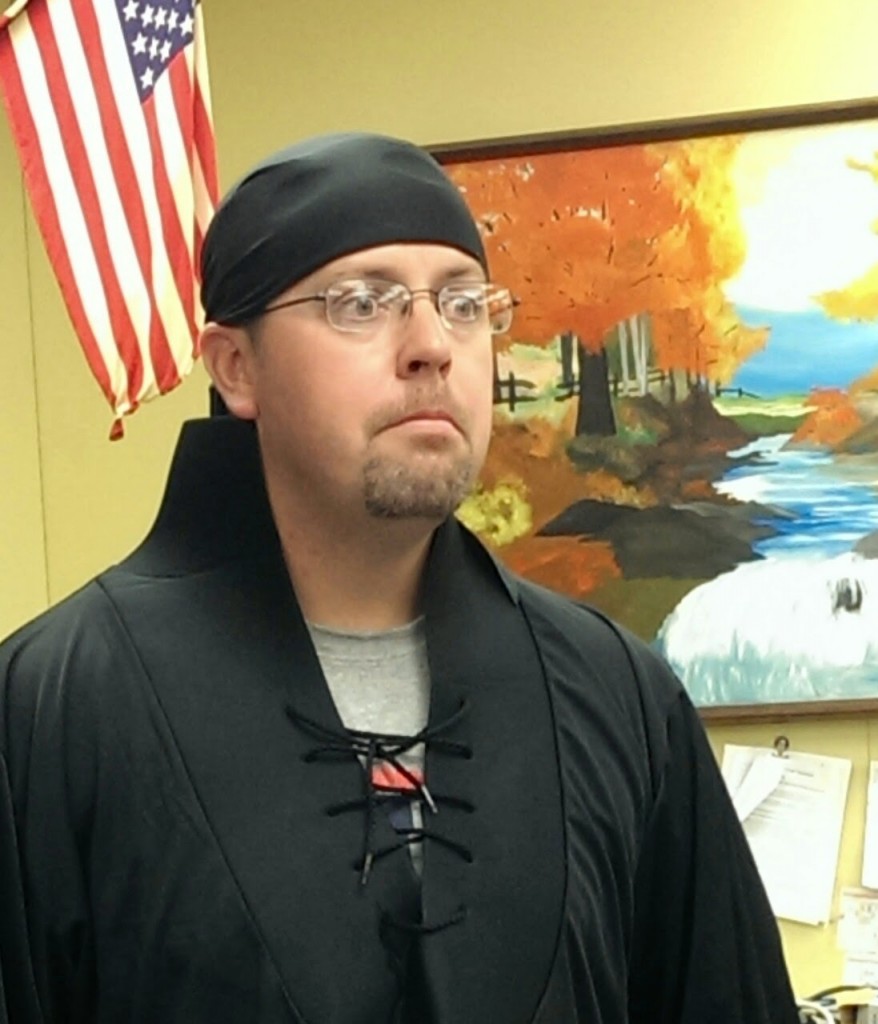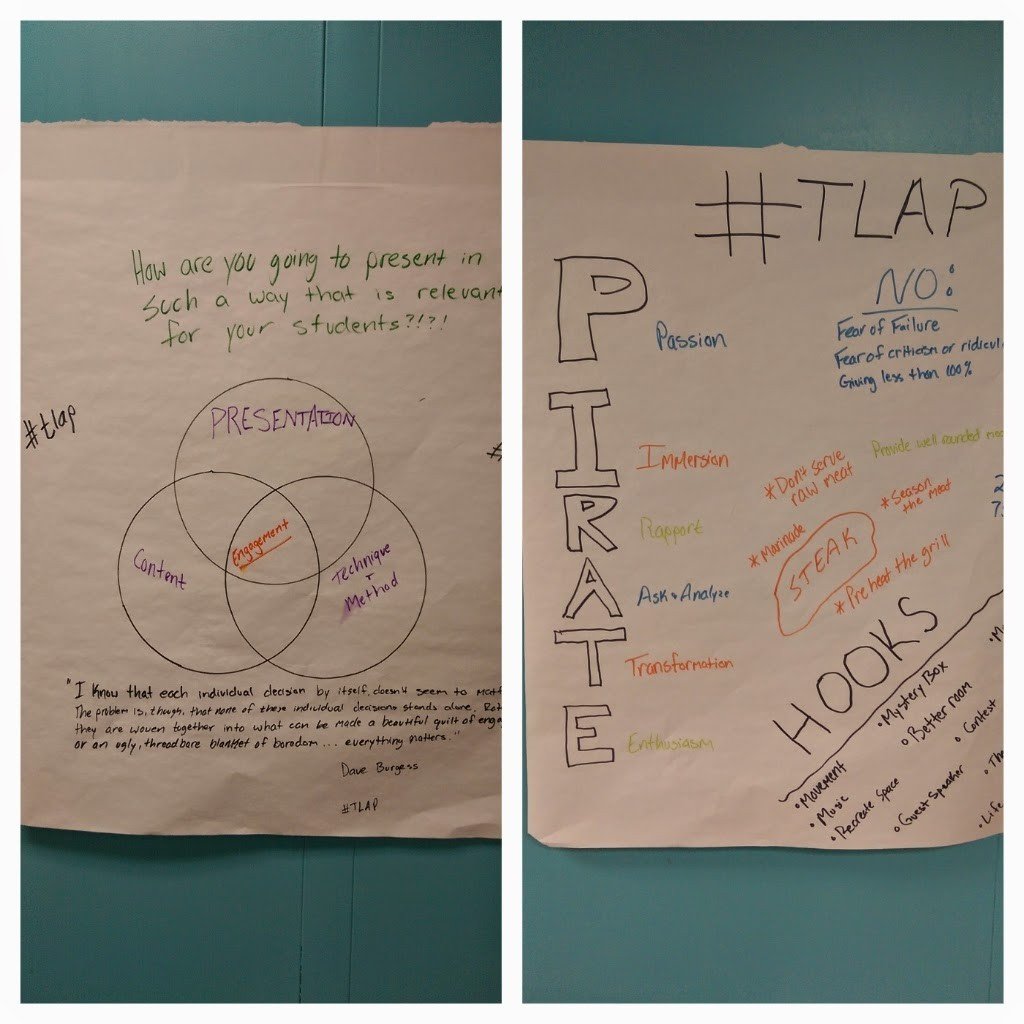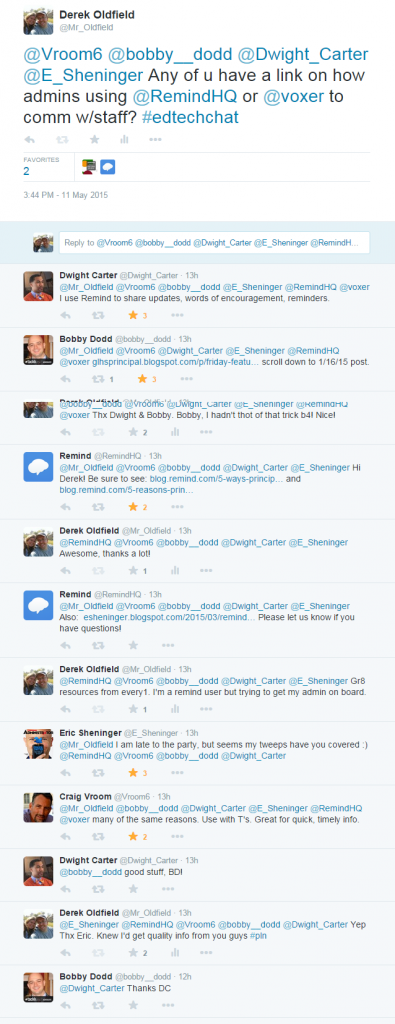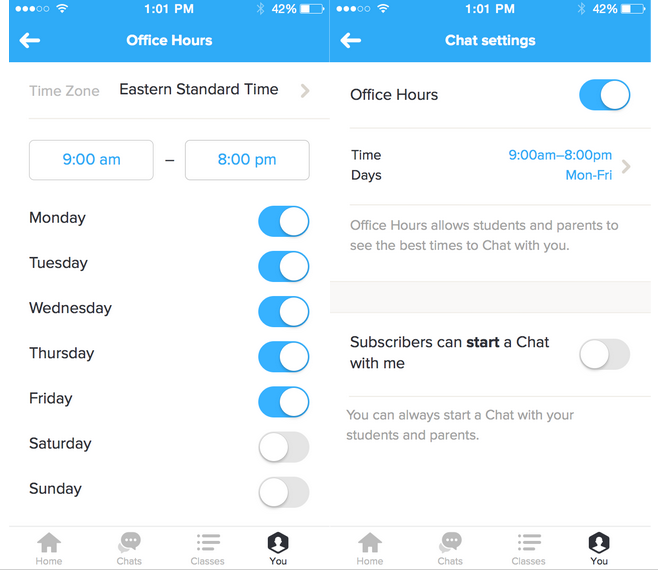I Hate Math
This post is entirely fictional, but, no doubt it rings true for far too many students. There’s a lot here. I’d like to hear your thoughts.
My name is Danny and I’m a little nervous about moving up to the middle school this year. Math is my worst subject and my last teacher made me sit in the back of the classroom to keep me quiet. I hope I can sit in the back of the classroom this year too.
The first week was ok. I really liked some of my classes, but my math teacher was lecturing us about knowing our multiplication facts and I can’t remember anything past my two’s. I might try to sit in the back of the classroom next week and see if he notices. I just want to be left alone. I got a C in math last year. I hope I can get a C in math this year too.
I failed the first math test, but so did half of the class. The teacher stood and griped at us for 15 minutes after passing the tests back. I guess no one else studied for the test either. I don’t know how he expected me to finish it because I didn’t know how to do half of it.
I don’t think I’ll get a C in math this year. Maybe I can get a D.
The math teacher threatened us with more math again. I swear, if I lose my recess and have to stay inside to practice this stuff I don’t understand! I just wish they would leave me alone.
I got an F in math. Maybe 7th grade math will be better. Good thing I passed gym, library, and social studies.
This teacher seems cool, I may actually try this year. I have some friends in math class too.
The teacher separated me from my friends because I guess we were talking too much. I was bored, she had been talking for 20 minutes straight. Now I have no one to talk to.
At least she’s letting me use a calculator.
I have no idea what she’s talking about and Shawn answers every question in class. I’m glad I’m sitting in the back of the class. I wish I was back in 5th grade math where I actually knew a little bit.
I spent the entire class period working on my science homework and the teacher never said anything to me. YES!
I actually tried to finish my math homework today and the teacher said it was a day late, she wouldn’t take it. You’ve got to be kidding me, does she know how long it took me to do that? I should have just copied off of Shawn before school.
I actually have a C in this class. It’s a good thing she grades every homework assignment. I can cheat on those and still keep a C in the class. I’m lost when it comes to the tests.
Another F in math class. I don’t know why I even try. I’m good at gym class, computer class, and science this year.
I am dreading math class this year. I hardly learned anything last year and now I hear this teacher is really hard.
I don’t know who I’m going to copy my hw from this year either. I don’t even want to come to school.
All the teacher talks about is how high school is so much different and how he’s trying to “prepare” us for high school. I could care less about doing 35 problems out of the book every night. I don’t have time for that stuff. I’m just going to put my head down. I’d rather sleep through this class. It makes me want to claw my eyeballs out.
Good. I got my F, now let me move on.
High school! I would do anything to skip math class every day. I have hated math for as long as I can remember. At least they can’t keep me inside for recess this year, we don’t have recess at high school! HAH. I don’t care what the math teacher says, I’m not wasting my time, there’s no way I can do this stuff. I have failed math ever since 5th grade. I wish I could go back to 6th grade math, I think I may actually do ok in that class now.

